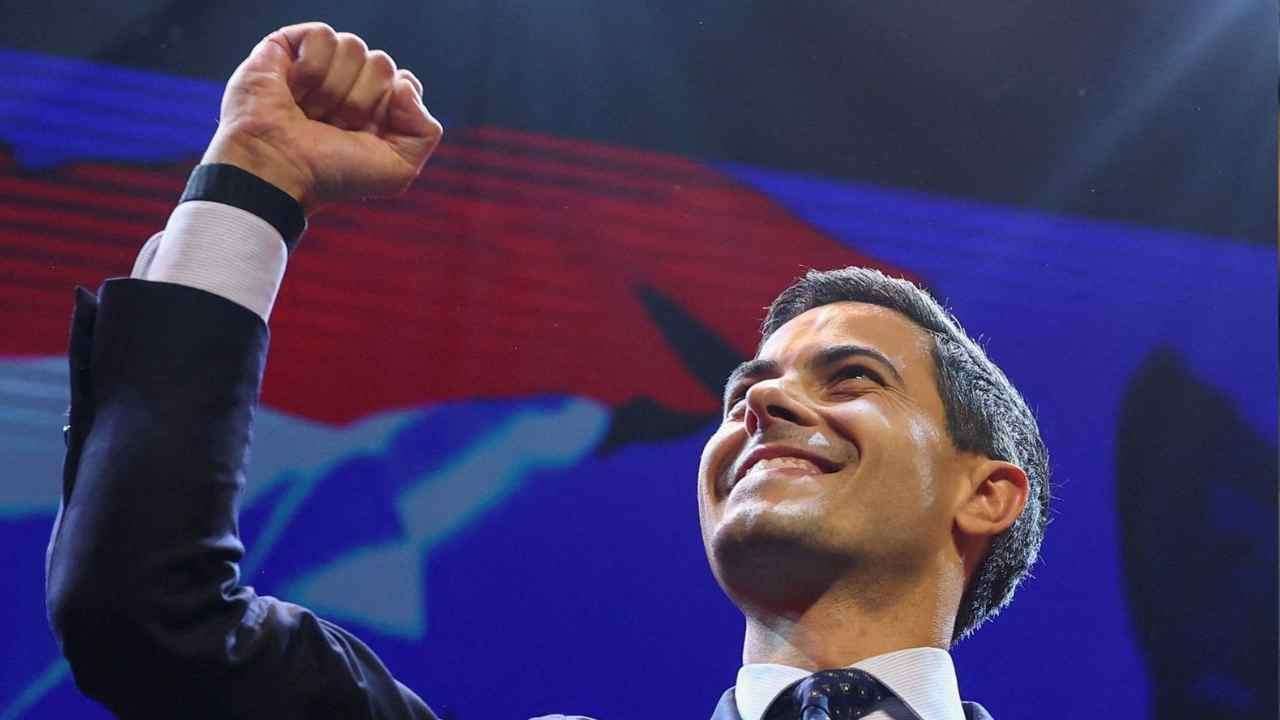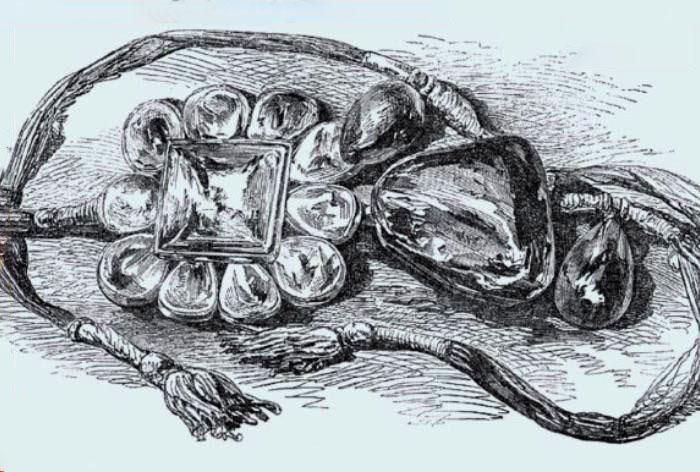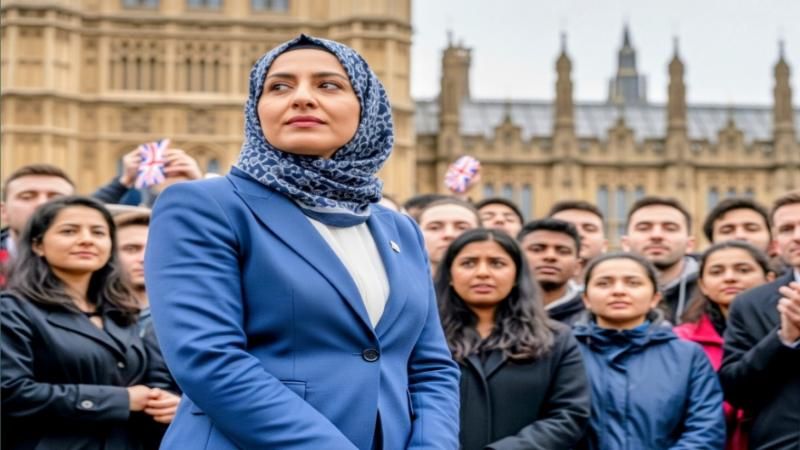A century-old mystery is on the brink of being solved as Bangladesh's interim government, led by Chief Adviser Dr. Muhammad Yunus, has ordered a committee to unseal a long-dormant vault in a state-owned bank. The vault is believed to contain a trove of treasures belonging to the former Nawab family of Dhaka, but the specific contents, including a legendary diamond, remain a subject of intense speculation and historical debate.
For over a hundred years, the fate of these valuable heirlooms has been a subject of speculation. The collection was sealed in 1908 when Nawab Sir Salimullah Bahadur, facing financial difficulties, mortgaged his vast estates and placed the jewels as collateral with British colonial authorities. This trove, which reportedly includes a magnificent gold-and-silver diamond-encrusted sword, a bejeweled fez, and a star brooch, has been a source of fascination and dispute ever since.
The most famous piece is a legendary diamond that has been described by the Nawab family as a "Daria-e-Noor," or "River of Light," the centerpiece of a glittering armband. Family descendants, including Khawaja Naim Murad, great-grandson of the last Nawab, believe this gem is part of the collection. The diamond, described as rectangular and surrounded by smaller diamonds, has a history intertwined with the more famous Daria-i-Noor, a massive pink diamond that is now part of the Iranian Crown Jewels. However, unlike the 182-carat diamond in Tehran, the exact weight and value of the Dhaka jewel are unknown. Court papers from 1908 valued the entire hoard at 1.8 million rupees, with the diamond itself valued at 500,000 rupees. In today's terms, this would be worth an estimated $13 million, though experts believe the market value could be significantly higher.
The vault's journey from the British-era Imperial Bank of India to the State Bank of Pakistan, and finally to the Government of Bangladesh's Sonali Bank, is well-documented. However, the last confirmed sighting of the jewels was over 40 years ago. A bank official, speaking on condition of anonymity, noted that an inspection team in 1985 only opened the gate to the vault but not the inner chamber. This has fueled rumors and suspicions that the treasure may be missing, adding a layer of intrigue to the unsealing.
The decision to open the vault comes at a time when the new government is facing a cash-strapped economy and is keen to resolve long-standing historical mysteries. The Nawab family, who still hope to reclaim their ancestral treasures, are cautiously optimistic. "This is not a fairytale," said Khawaja Naim Murad, who clings to the hope that his family's heritage is still intact.
Sonali Bank's Managing Director, Shawkat Ali Khan, confirmed that the safe remains sealed and a new committee has been formed to oversee the process. While no date has yet been set for the historic unsealing, the move by Dr. Yunus's administration promises to bring an end to a century of speculation surrounding one of Bangladesh's most fabled treasures.

_1.jpg)
.jpg)





.svg)



